An in depth test and review of the Lithgow Arms LA102 Polymer rifle in .308 Winchester, with Chris Parkin... as close to try-before-you-buy as you can get!
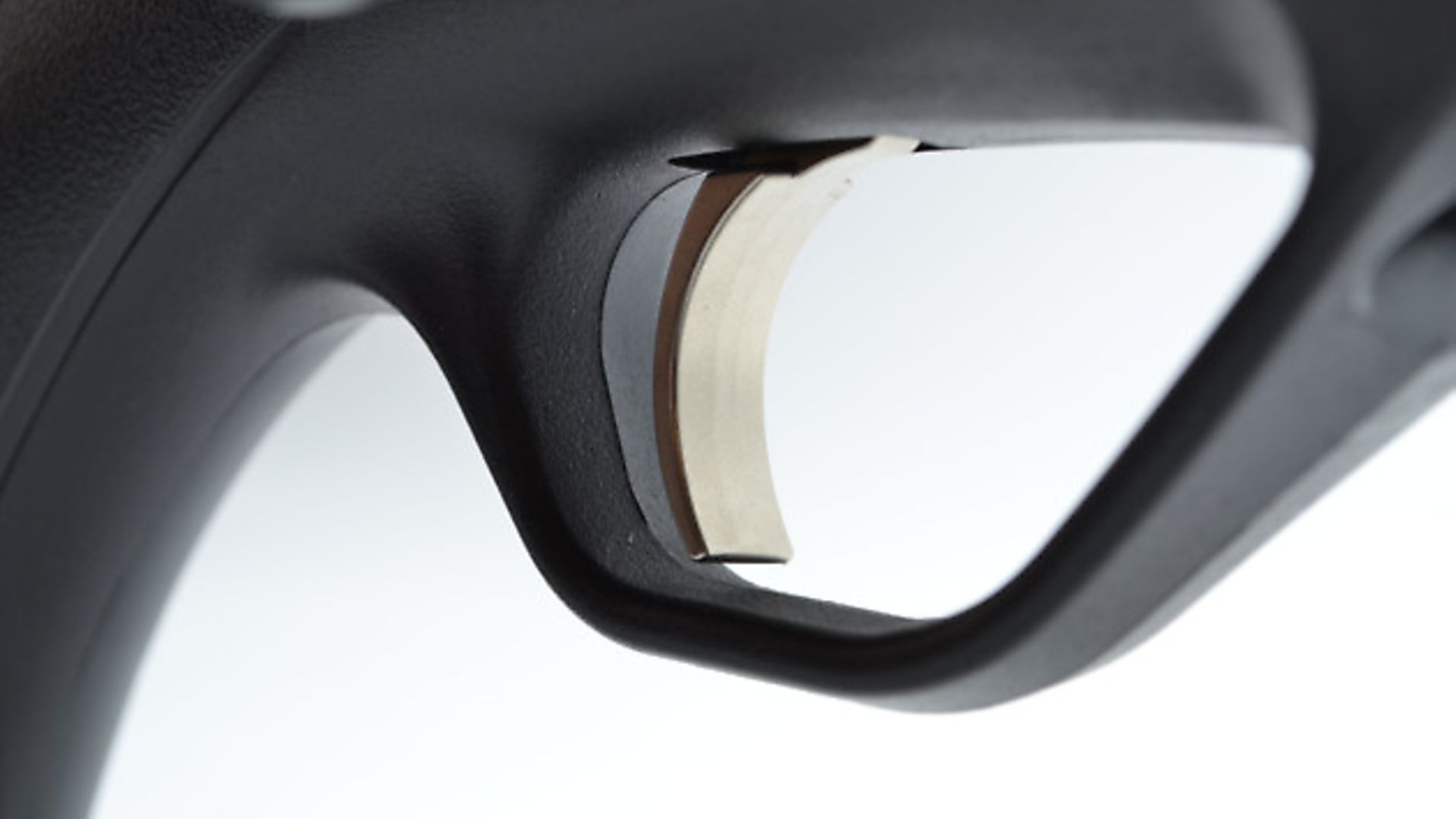 credit: Archant
credit: Archant
PROS
A fundamentally accurate rifle
Easy to get the best results from the gun
Well priced
Picatinny rail scope mounting
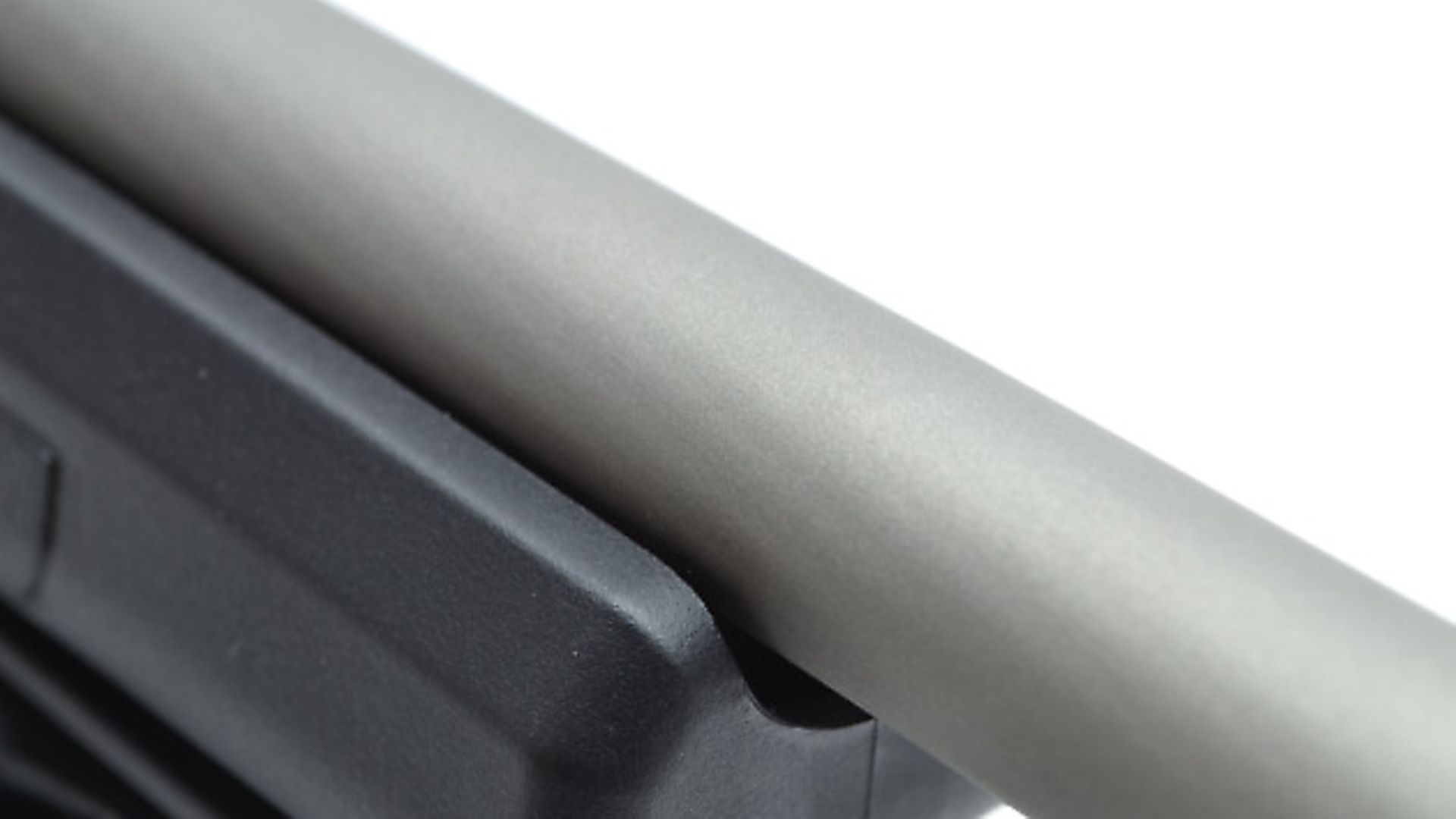 credit: Archant
credit: Archant
CONS
Trigger is a bit weak but adjustment is easy and suggested by Lithgow themselves
Primary extraction was a bit sticky regardless of cartridge pressure
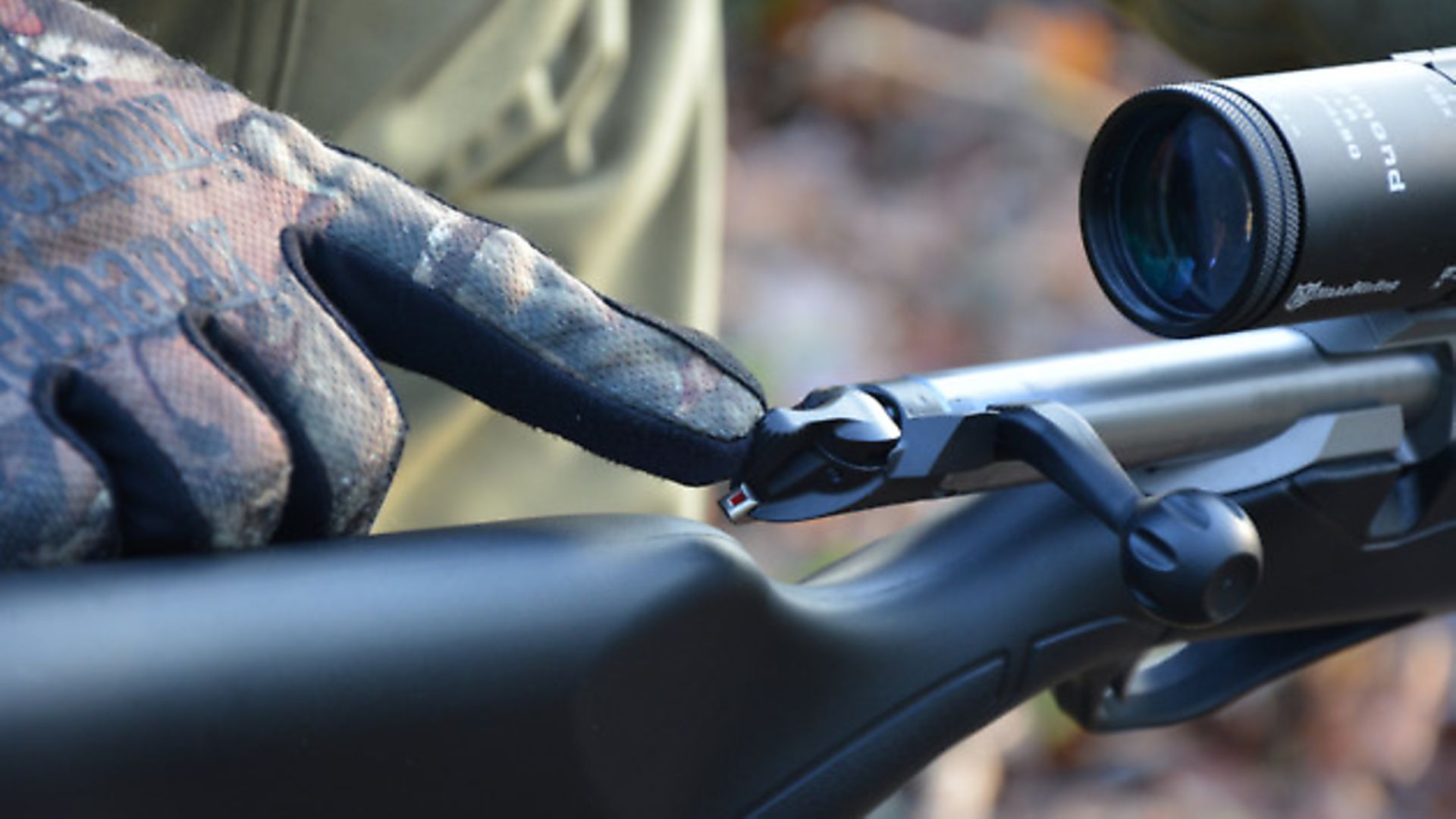 credit: Archant
credit: Archant
VERDICT
The Lithgow looked a little bland out of the box but was a great rifle to shoot, and it was very easy to extract accuracy and precision from it. Good handling characteristics with soft recoil for calibre, too
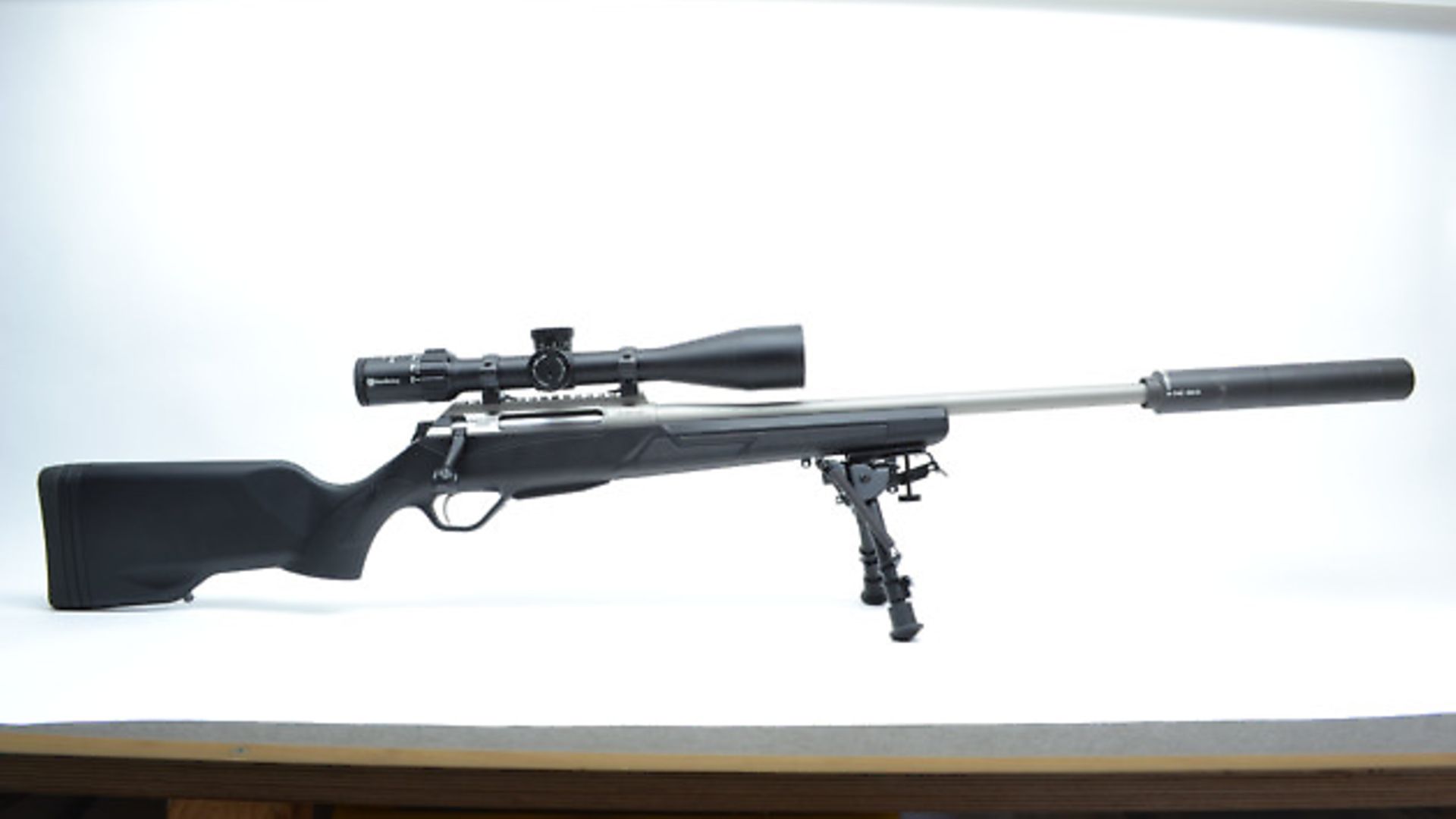 credit: Archant
credit: Archant
SPECIFICATIONS
Weight: 3.5 kg (polymer) 3.7 kg (timber)
Overall length: 1067-1087 mm (polymer adjustable) 1077 mm (timber)
Barrel: Proprietary, military grade steel, cold hammer forged. Medium Sporter profile
Barrel length: 560 mm
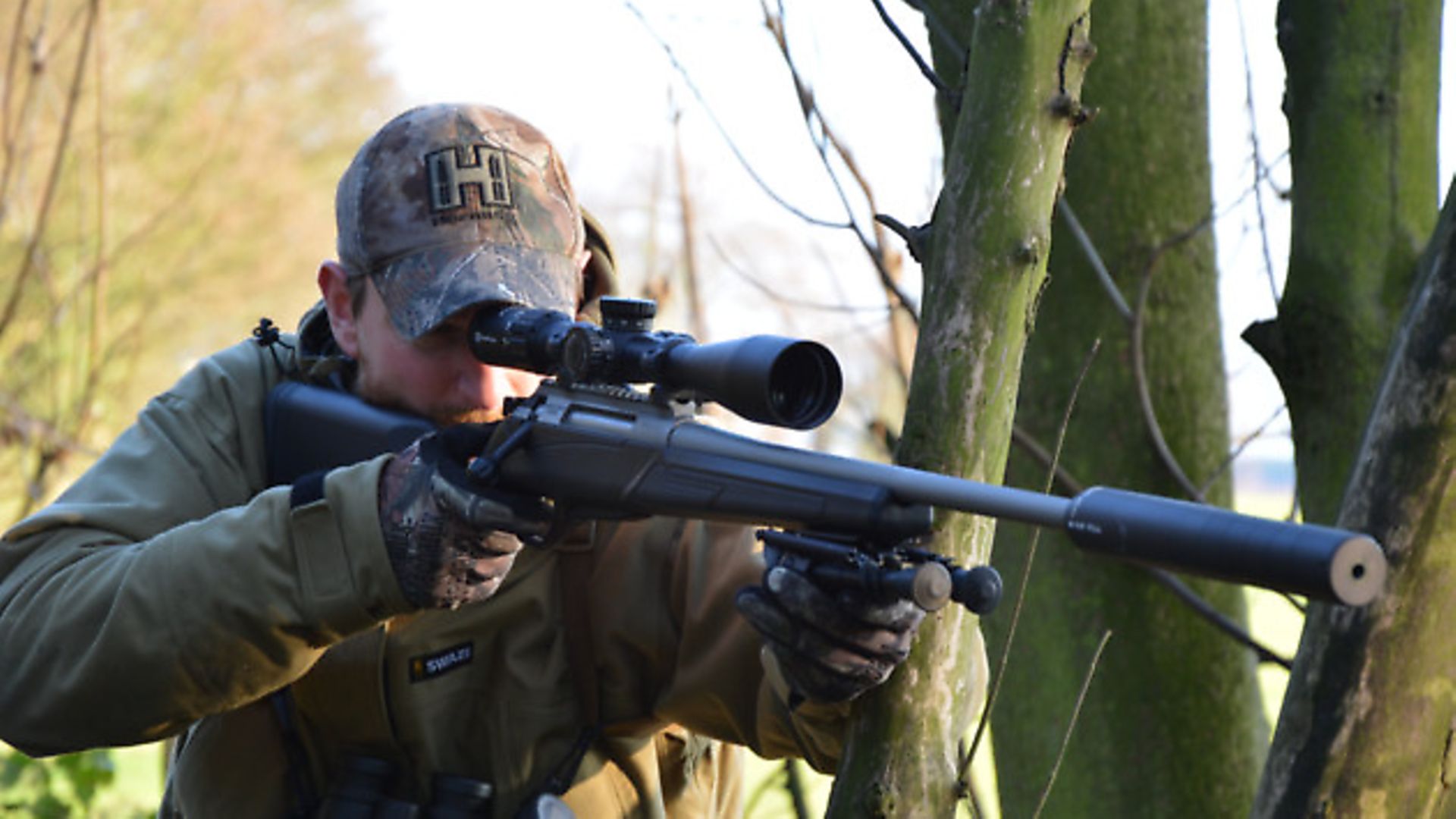 credit: Archant
credit: Archant
Muzzle thread: m14 x 1 right hand
Receiver: high tensile steel with plate recoil lug. Picatinny rail. Coated in
Stock: floated design with three sling studs, available in polymer, walnut and laminate
Length of pull: 337-357mm (polymer adjustable) 347mm (timber)
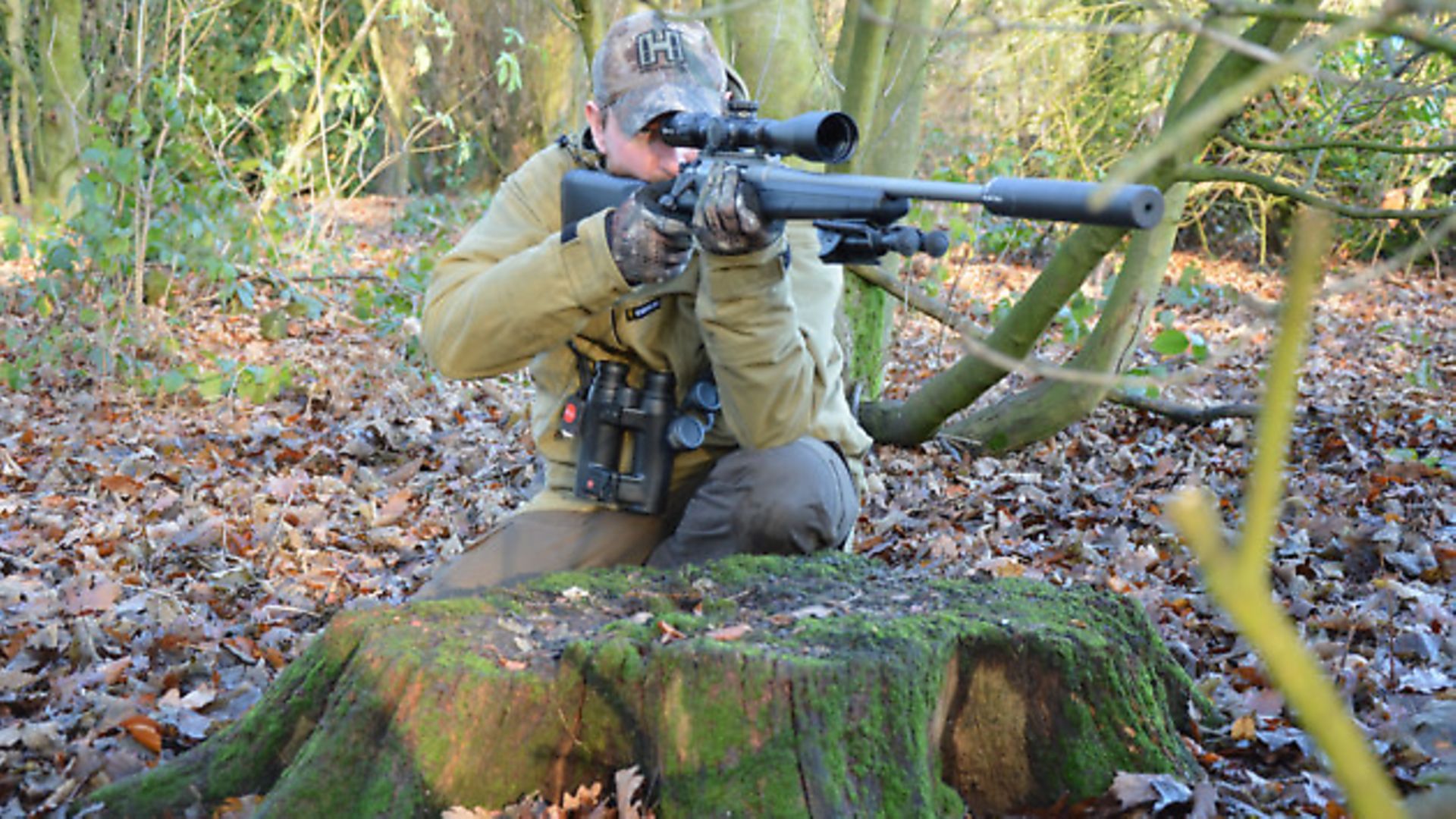 credit: Archant
credit: Archant
Trigger: single stage, three way adjustable 750-1900gr
Safety: three position, bolt shroud mounted
Magazine: Detachable, single stack polymer box magazine
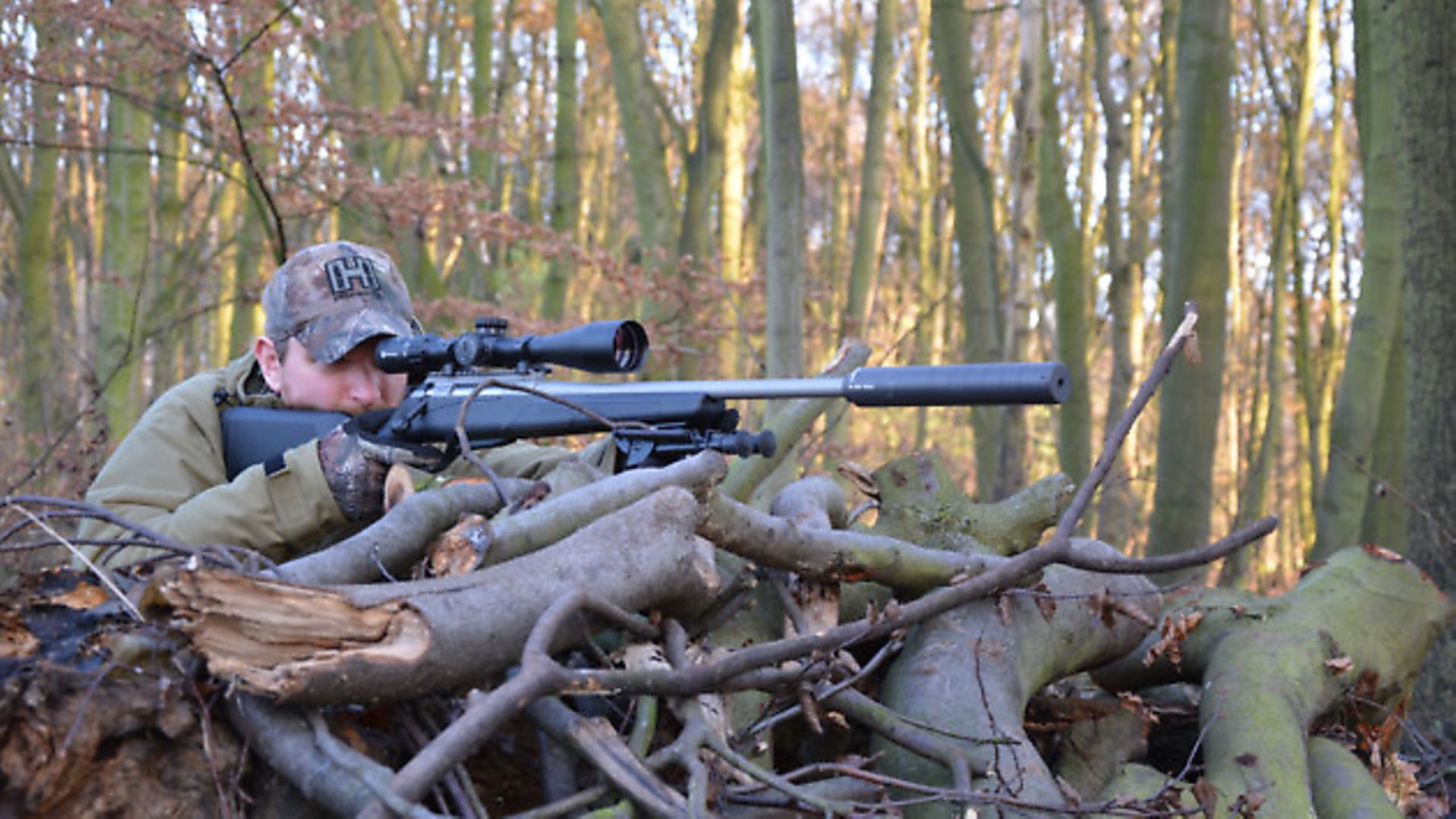 credit: Archant
credit: Archant
Price
Lithgow Arms LA102 Polymer in 308£1133.99
Nikko Sterling Diamond Illuminated Riflescope 6-24x50
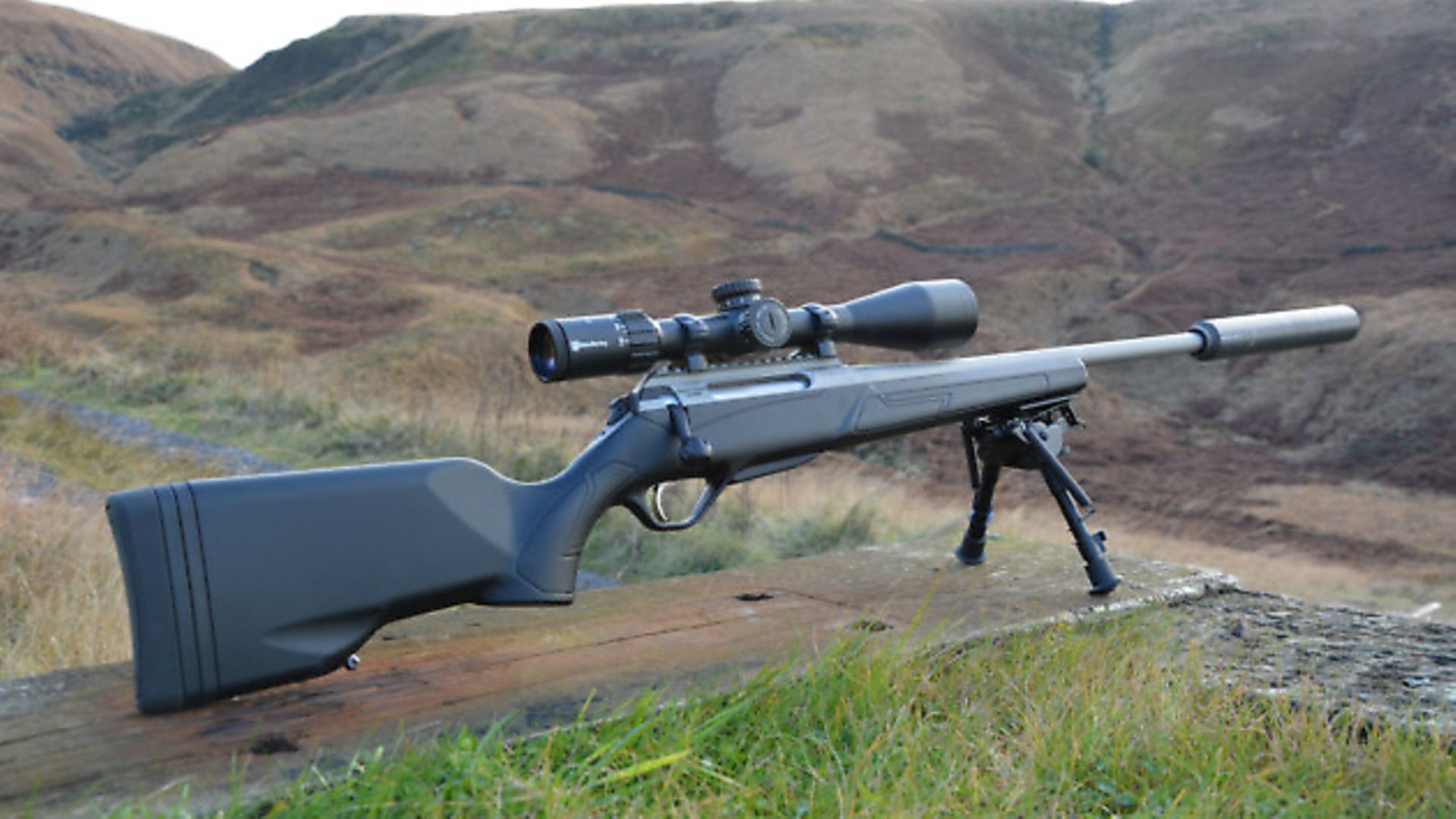 credit: Archant
credit: Archant
£327.99
Aimpoint Ghost 40 Sound Moderator and Nikko Sterling Scope rings
Contact
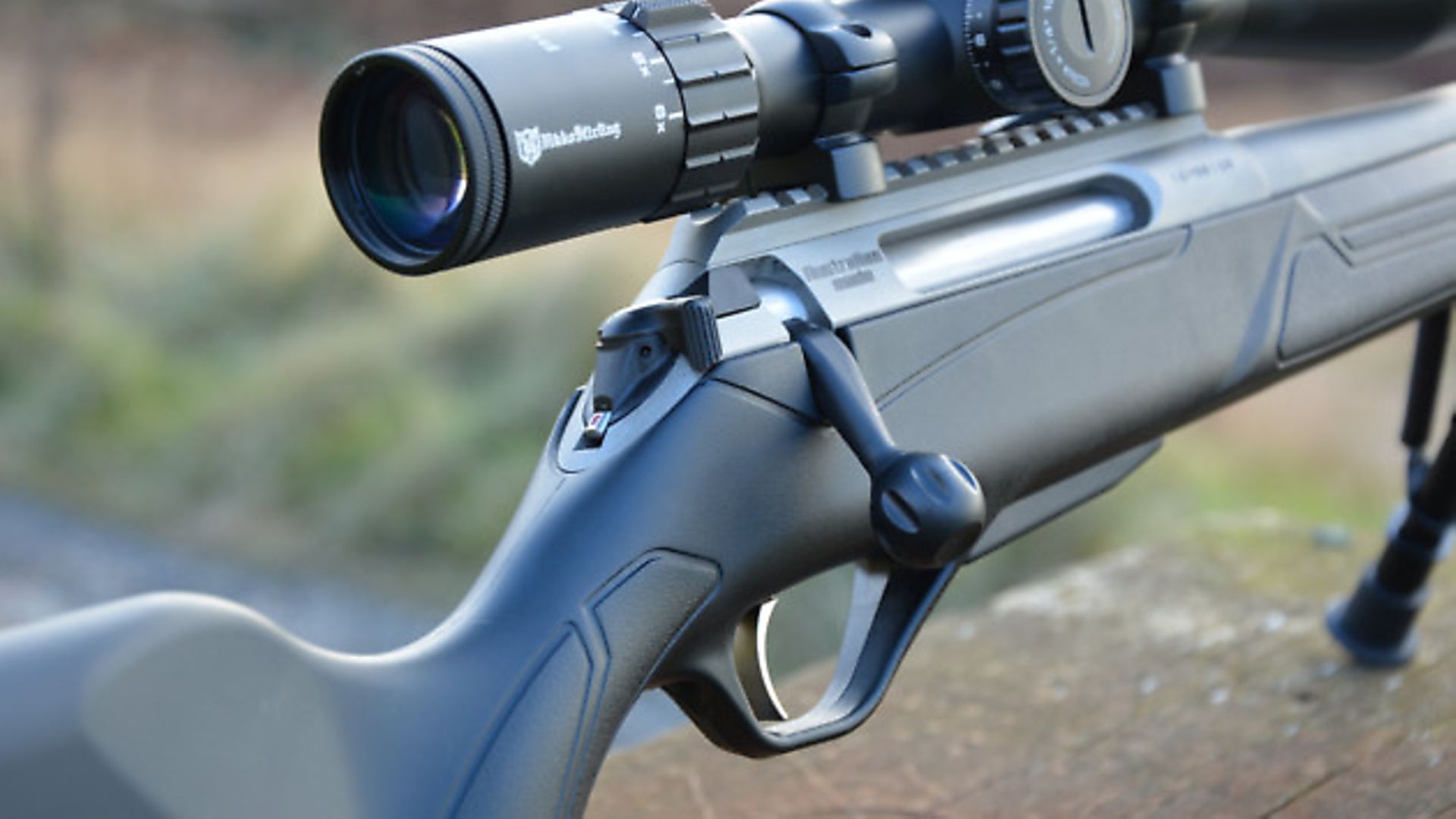 credit: Archant
credit: Archant
Highland Outdoors
01858 880 491
www.highlandoutdoors.co.uk
Ammunition used
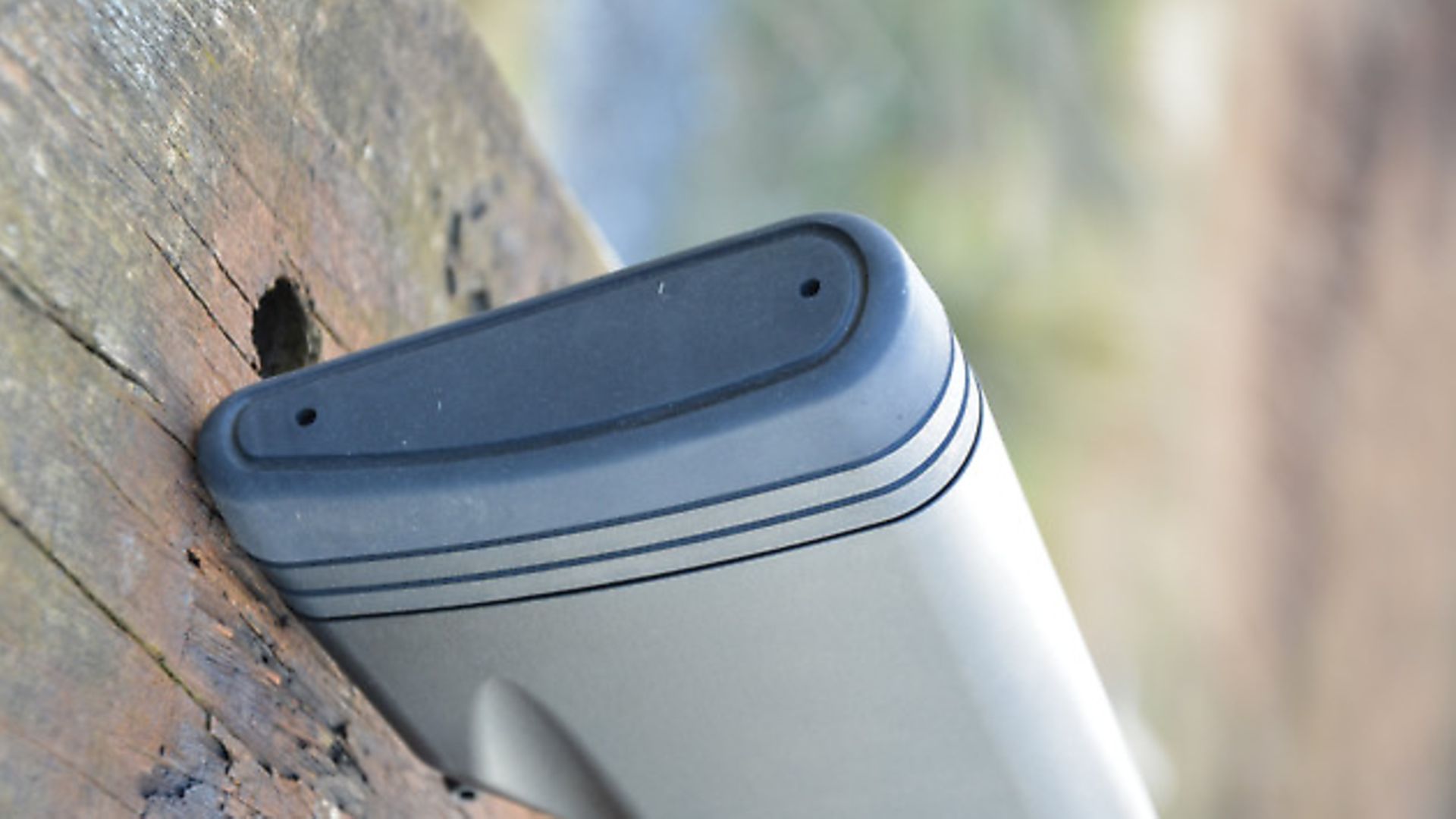 credit: Archant
credit: Archant
Lapua 150gr Soft Point ammunition
Viking Arms
01423 780810
www.vikingarms.com
Fiocchi 150gr SST ammunition
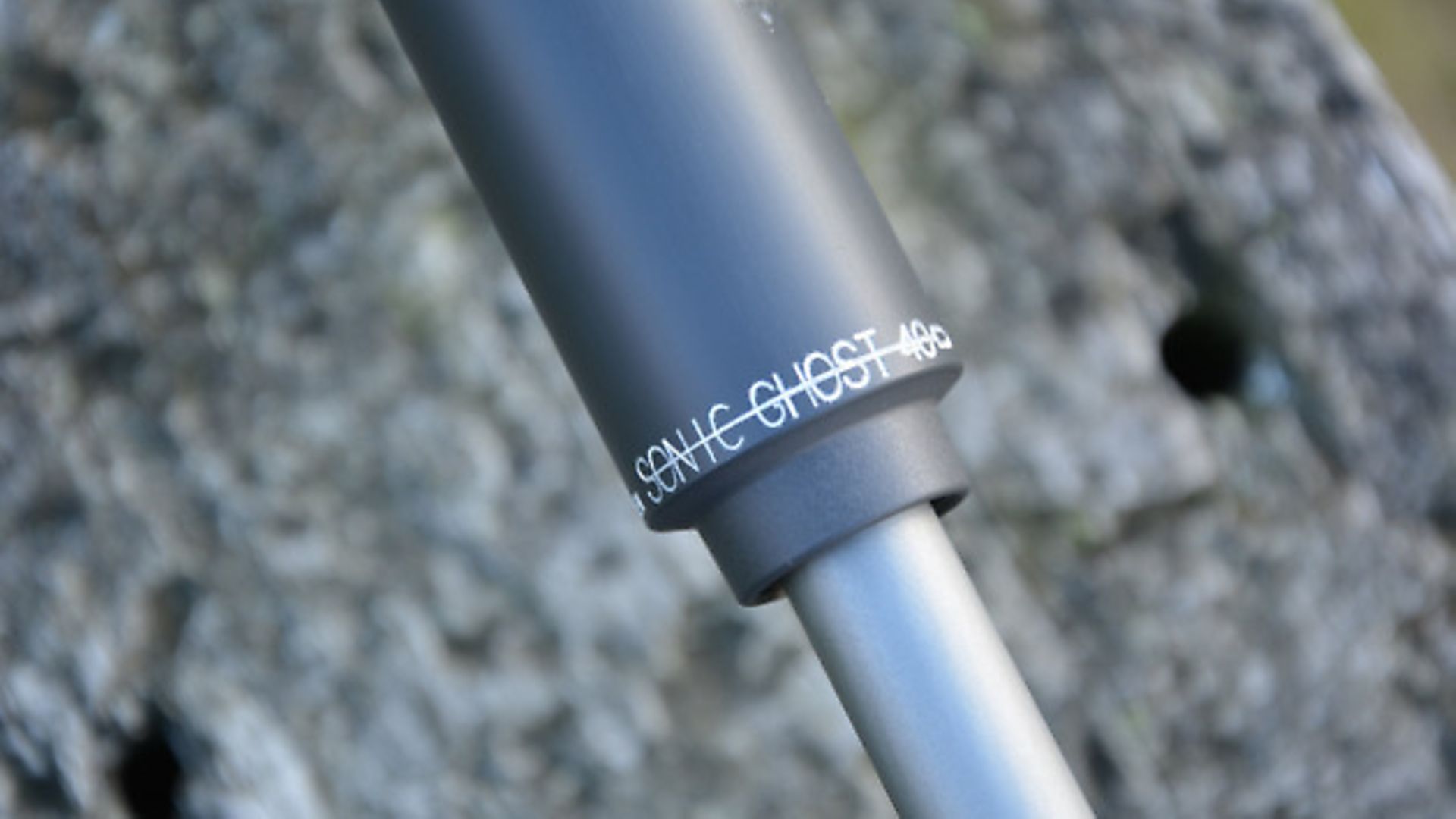 credit: Archant
credit: Archant
Edgar Brothers
01625 613177
www.edgarbrothers.com
Winchester 150gr Extreme Point ammunition
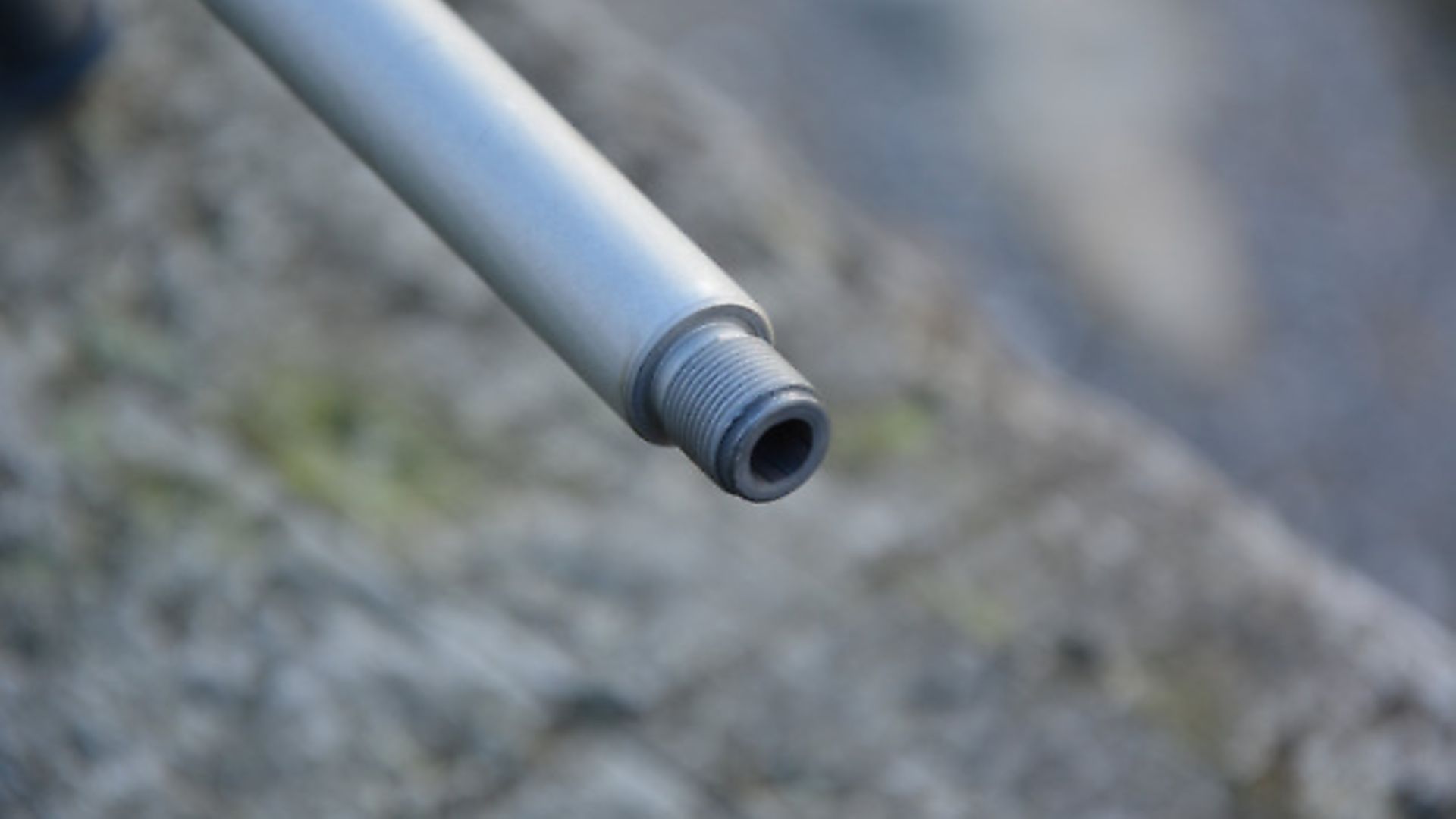 credit: Archant
credit: Archant
Browning UK
01235 514550
www.browning.eu
Ramshot Powders, Sierra Bullets and PPU ammunition
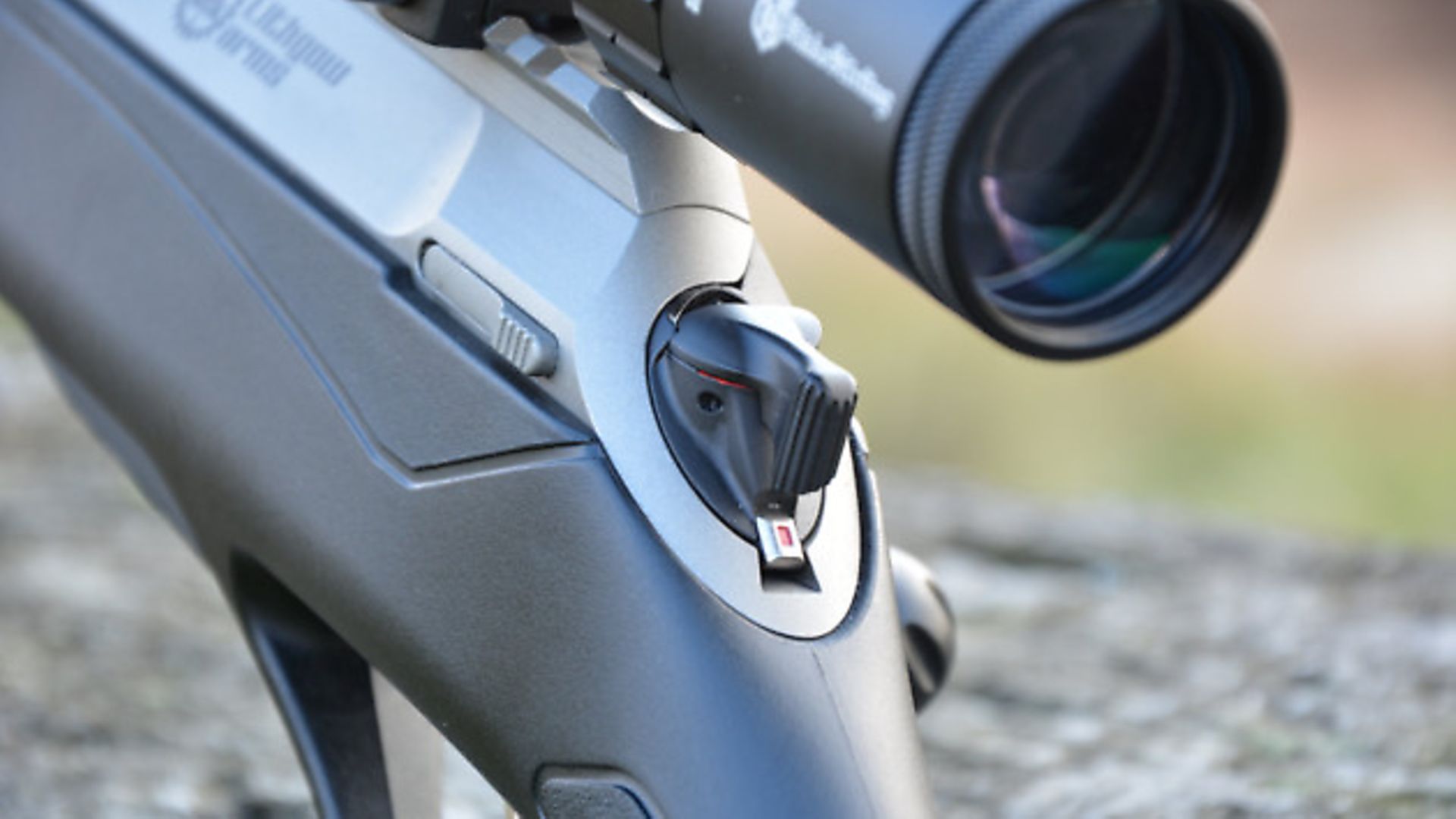 credit: Archant
credit: Archant
Henry Krank & Co.
0113 256 9163
www.henrykrank.co.uk
IN DEPTH REVIEW
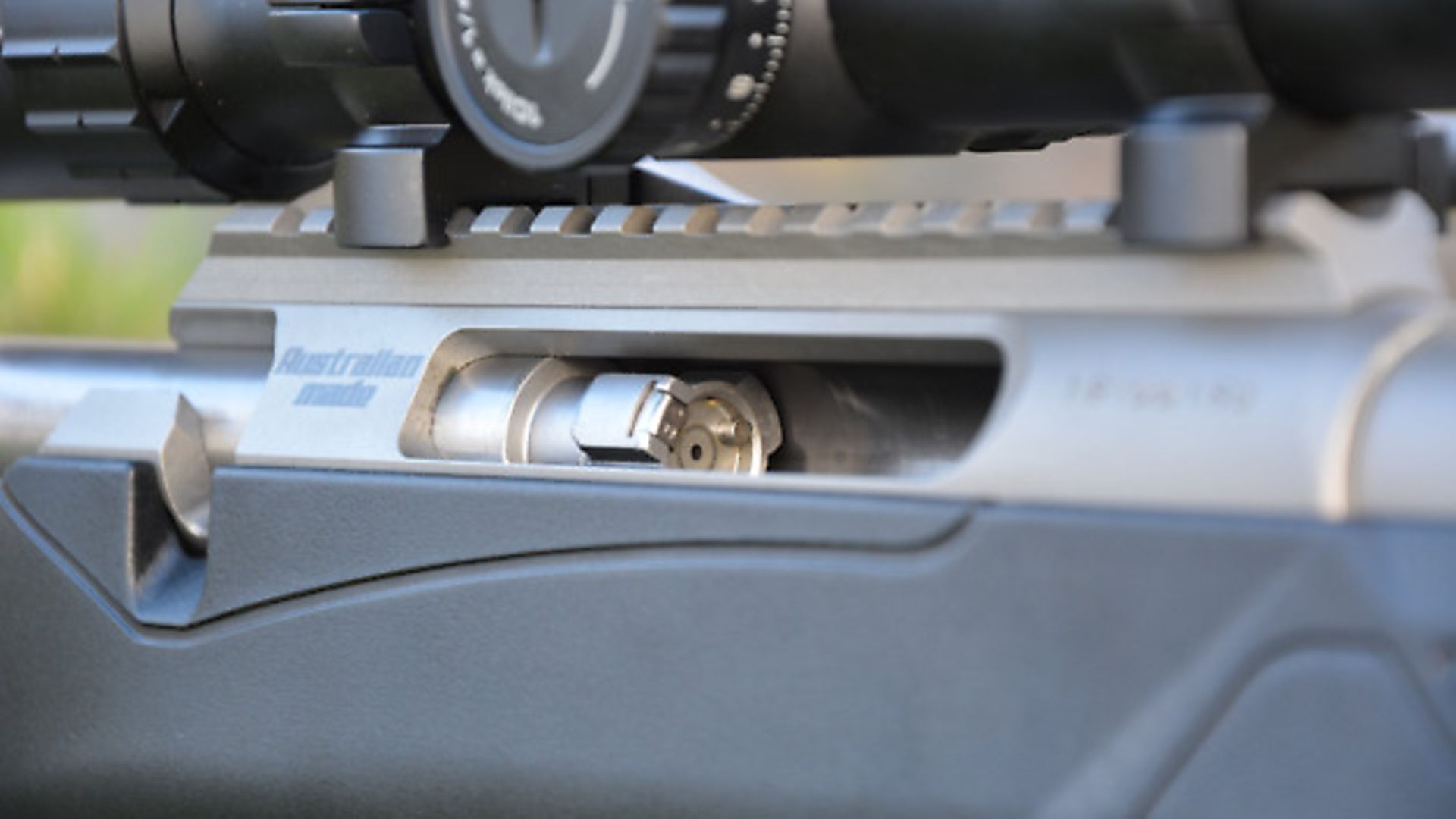 credit: Archant
credit: Archant
Lithgow Arms has been manufacturing rifles since 1912. Although originally set up to produce military rifles for the Empire in countless wars, countries and their unforgiving territories, the company, as part of Thales Australia, has evolved to produce rifles for the civilian market, first showing the 101 Crossover in .22 rimfire to the UK market in 2014. The 102 Crossover is available in .223, .243 and .308 with synthetic, walnut or laminate furniture with similar visual styling to certain European rifle brands I find hard to ignore, although that can be said about most guns in some way since the bolt action first evolved.
My .308 review sample rifle appears to be stainless steel but is in fact the standard Lithgow military-grade steel barrel, cold hammer forged with six-groove rifling with one turn every 11” twist rate suiting anything up to around 180gr in a .308. I was pleased to note that the .223 version carries a slightly faster than average 9” twist for heavier bullets (perhaps 69 grainers) although it would have been nice to see the .243 in a 9” rather than the ‘normal’ and often temperamental 10” twist, which can struggle with 100gr bullets.
Manufacturing standards are first rate with a precisely cut crown surrounded by chatter-free 14x1 threading on the muzzle of the medium sporting profile barrel, beginning 18.3mm in diameter and gently swelling before the reinforce to enter the action at 29mm. All 22” (560mm) of barrel show the delicate external hammer forging spiral to the steel before it is Cerakoted to look like stainless. Believe me, Cerakote is tough, durable and usually more corrosion resistant than stainless steel whose alloys for rifle barrels are more directed towards mechanical properties than pure corrosion resistance.
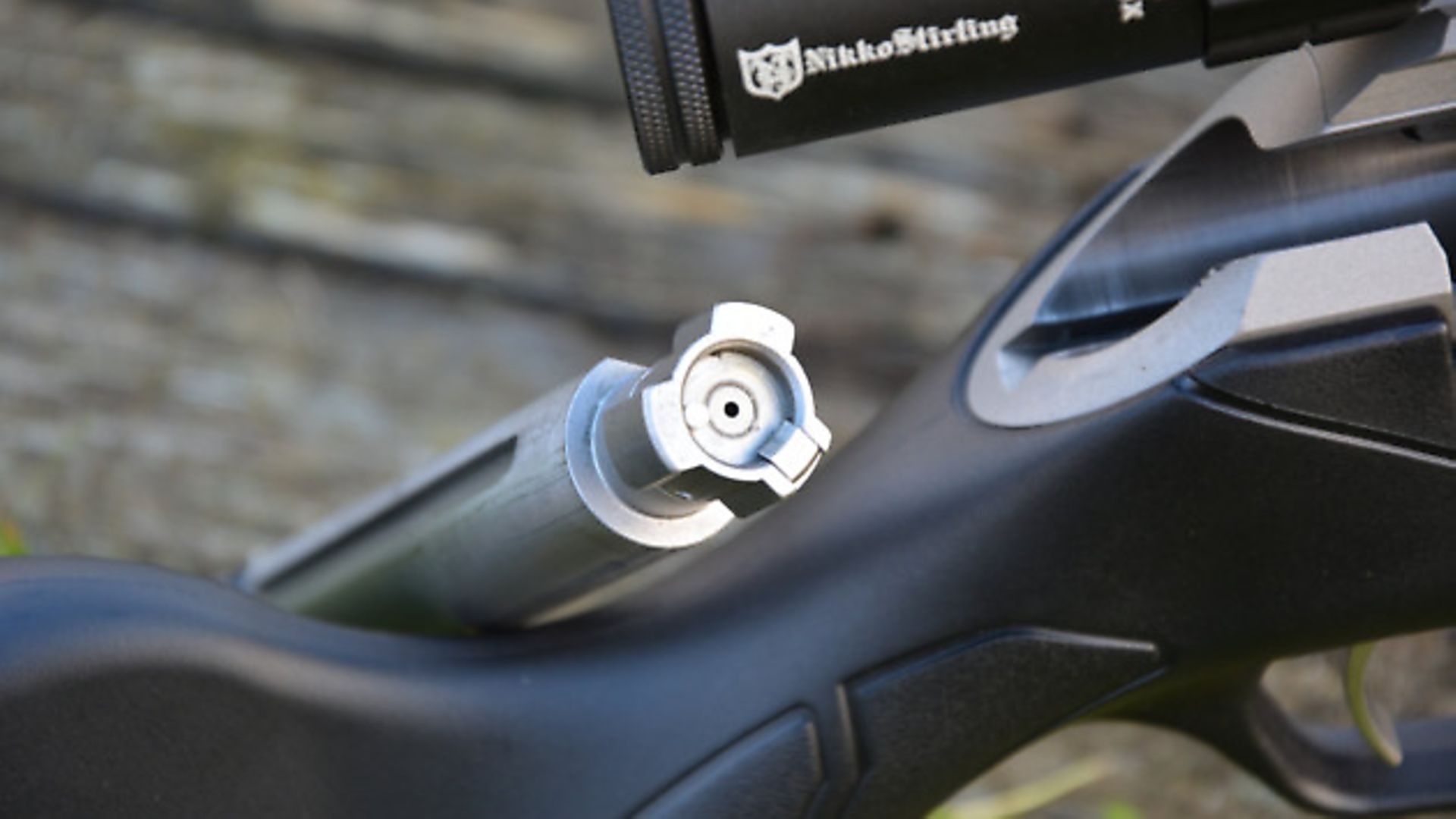 credit: Archant
credit: Archant
Cerakote continues along the action and Picatinny rail, attached with four bolts atop the faceted sides of the action. An ejection port to the right side is generous in size at 82mm, which is 11mm longer than a full length .308 round. Internally, a 22mm stainless steel bolt shaft glides very smoothly along the mirror finish of the action’s inner walls where the ample durability is assured with a Nitride-treated receiver. Three lugs lock the bolt into frontal abutments within the action into which the barrel fits. I couldn’t see evidence of threading and suspected that the barrel was sweated into the receiver, but further inspection ‘below the waterline’ (within the stock) shows it is threaded in. The abutments, for pressure bearing on the lugs, are seemingly part of the barrel itself and, internally, a very slight colour variation would also add evidence to this being the case. Not a single machining mark, burr or blemish was noticeable anywhere on the metalwork – impeccable.
Three rounds are fed centrally, silently and without hesitation onto the chamber’s feed ramp from a single-column polymer magazine. The mag drops free from the well with a single-finger catch operating to the front. All is functional simplicity and well executed. A sprung claw on the upper-right lug engages with the case rim and ejection is from the bolt-face plunger. Both were good, but primary extraction (where the fired and tight cases are dislodged from an interference fit with the chamber walls before being withdrawn) was a little hesitant on odd occasions, regardless of ammunition used. This did ease as the test continued and was probably just a symptom of tight tolerances in the closely-timed action’s bolt lift. The fact that the bolt handle didn’t lift or ‘bounce’ upon firing is generally, to my mind, a sign that precision is key. It is difficult to discern whether the bolt knob is steel or polymer, but, 23mm in diameter and pleasingly knurled for grip, it rises easily through 60 degrees to cock the firing pin. The 40mm handle that connects it to the bolt shaft rises within a rear ramped gate on the action frame to perform primary extraction force. It seems to contact very late in the cycle and is probably the reason the gun feels so tight, fast and slick, but doesn’t quite snatch the case from its pressurised bond onto the chamber walls as forcefully as it could. The bolt extraction lever sits to the lower left side of the action where its inner pin prevents the bolt rotating; this minimal contact assists the smooth stroke of the gun. A wing safety sits on the bolt shroud above the cocked action indicator and, here, I like wing safeties that lock the firing pin, but not when they work the wrong way round. Fully forward sets the gun to fire, that’s fine; the mid position when pulling it back locks the firing pin and bolt closed, again, that’s fine; yet the rearmost position keeps the gun safe and the bolt is released to allow the gun to be unloaded. All three functions are great but why swap the rear fully-locked and safe phase and middle ‘semi-locked’ phase around? I’m sure on one gun you will get used to it but if you own several guns, it’s not intuitive.
Triggers are always a great performance separator and the Lithgow did not disappoint. The gun arrived with a 3lbs (1,500gr) pull with 3mm of creep on the trigger blade before firing. It wasn’t gritty but movement was easily discernible, and with a totally smooth surface on the silver, 9.5mm-wide blade, it was a bit vague in feel. Stripping the gun from the stock, you get access to three minimally threadlocked adjuster screws. Given the superb manufacturing standards elsewhere on the gun, these will undoubtedly, when stripped clean, enable superb trigger pulls. Weight, sear engagement and overtravel screws are all clearly labelled in the manual and I, for one, would keep 2-3lbs (1,000-1,500gr) but reduce that creep.
 credit: Archant
credit: Archant
Lithgow’s approach to stock design and manufacture should be commended: it is both ergonomically pleasing with adjustable spacers giving up to 357mm length of pull, and it’s mechanically stiff. Two studs are fitted at the fore-end for sling and bipod with one under the butt – an unusual but very comfortable design that isn’t quite a butt hook, but does allow dual height positions for either your hand or a rear sandbag to give fine elevation control to the rifle. It will ride a rear bag smoothly, too, and given what came later, I was almost disappointed not to have shot the gun fully benchrested! Reach from grip to trigger was ideally proportioned and assisted a long squeeeeeeeze before the gun actually fired. The barrel remained fully floating in all circumstances. Shot from either a bipod or bench bag, recoil was well controlled and the butt pad gripped the shoulder pocket securely, spreading the recoil forces evenly, heel to toe, across its surface without feeling unduly spongy. The comb lifts slightly towards the heel of the rifle to prevent jarring transfer into the cheek and head; think of it effectively dropping away from the face upon firing rather than riding into it as the gun moves backwards into the shoulder and the head stays stationary during recoil. Overall finish was matt with minor areas of extra texture at grip and fore-end for secure hold. The flat-bottomed fore-end was meaty enough to wrap your hand around without squeezing onto the barrel. Also of great importance, the stock was quiet and resisted resonance; it transferred both feel and noise more like a walnut unit than a stiffened laminate plank or a hollow plastic drum. Nice one Lithgow – I’m impressed!
Given all that was in its favour when it came to ergonomic handling, I wasn’t at all surprised that the gun shot well. I spent an afternoon on a 100/400-yard range shooting from one of The Outdoor Connection’s Mega Bench Bags, and prone from the floor with a bipod. I’d found one of the most forgiving and effective guns I can remember. I’d forgiven the slightly soggy trigger, which could have been easily tweaked, and rather backwards safety catch, which, here, didn’t matter to me when shooting over 20 three-round groups at 100 yards before flinging the best performers out onto the distant steel plates.
For once, my benchmark ‘accurate handloads’, which are inherently forgiving with a 150gr Sierra Softpoint and Vihtavuori 140 charge, couldn’t beat the accuracy and precision of Lapua’s 150 Mega Softpoint ammo at 100 yards; dirty bughole groups below half an inch appearing nearly every time. The superior velocity spread of the handloads did show to be superior at 400 yards but not by much, with the 2,780fps average speeds being most satisfactory from the 22” tube. I’d love to have tweaked that trigger a tiny bit because this was just a damn fun gun to shoot. On more scenic trips into the hunting fields, the gun’s easily accessible, inherent accuracy gave enormous confidence to make improvised shots, using any support available.
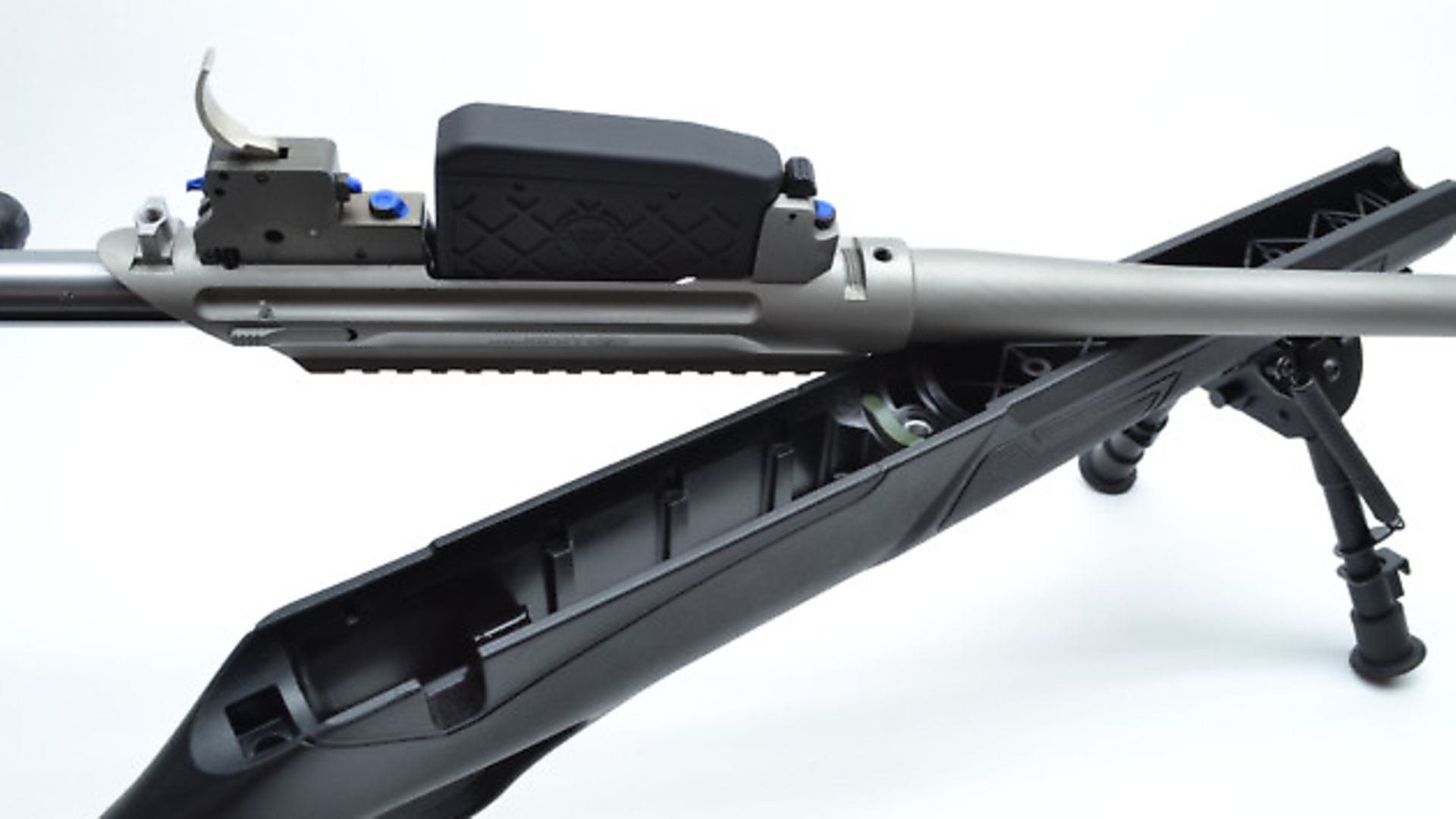 credit: Archant
credit: Archant
So, after four weeks of having the gun on test, what are my final thoughts? The trigger can be tweaked, the manual openly suggests it… you’ve got to love the Aussies for being ‘game’ and not killjoys like American rifles can be, with threadlock thickly buttered around trigger screws like granite.
The safety is always going to be backwards in my opinion, but it’s quiet, operable in gloves and, given the fundamental capability of the Lithgow, having an identical one in .223 would be a long-term plan and you would have the same system throughout.
That just leaves me with the primary extraction hesitancy that never actually failed, just seemed to stand in the way of the otherwise utterly fluid, lightning-fast bolt. Three lug bolts always require a bit more ‘oomph’ to operate than twin lugs, simply due to the fact that a shorter movement requires more physical force, (although my absolute favourite bolt-action gun has six lugs and is creamy smooth and lightweight, purely down to its utter perfection of manufacturing tolerances). That final urge of effort at the top of the bolt lift – a final five degrees – was enough to slightly dampen the spirit of an otherwise delightful rifle. It was in no way problematic, just a tiny negative point that takes away a small amount from its capabilities. It’s still hard to criticise and I’d score it 9.99999 out of 10.
Given the price, I think I’m mean to be a killjoy. The Lithgow is great value for money and when you consider the tight tolerances of the Semi-Match chamber, I must accept that miniscule compromises made to enhance accuracy will always have a minute knock-on effect and I really am concentrating too much on finding one small chink in the gun’s armour. The mid-weight barrel is clearly well made and eases feel and recoil. It does push the balance of the gun slightly forwards yet, with a light moderator, was still pleasant to carry and I will always accept a little extra weight for complete confidence in performance. I wonder if the choked barrel is the key to all mysteries; it’s a feature commonly found on airguns and not something often stated on centrefires. I like the fact that we now have a great contender from the southern hemisphere to break up the normality of American, Scandinavian and European rifles we currently take for granted.
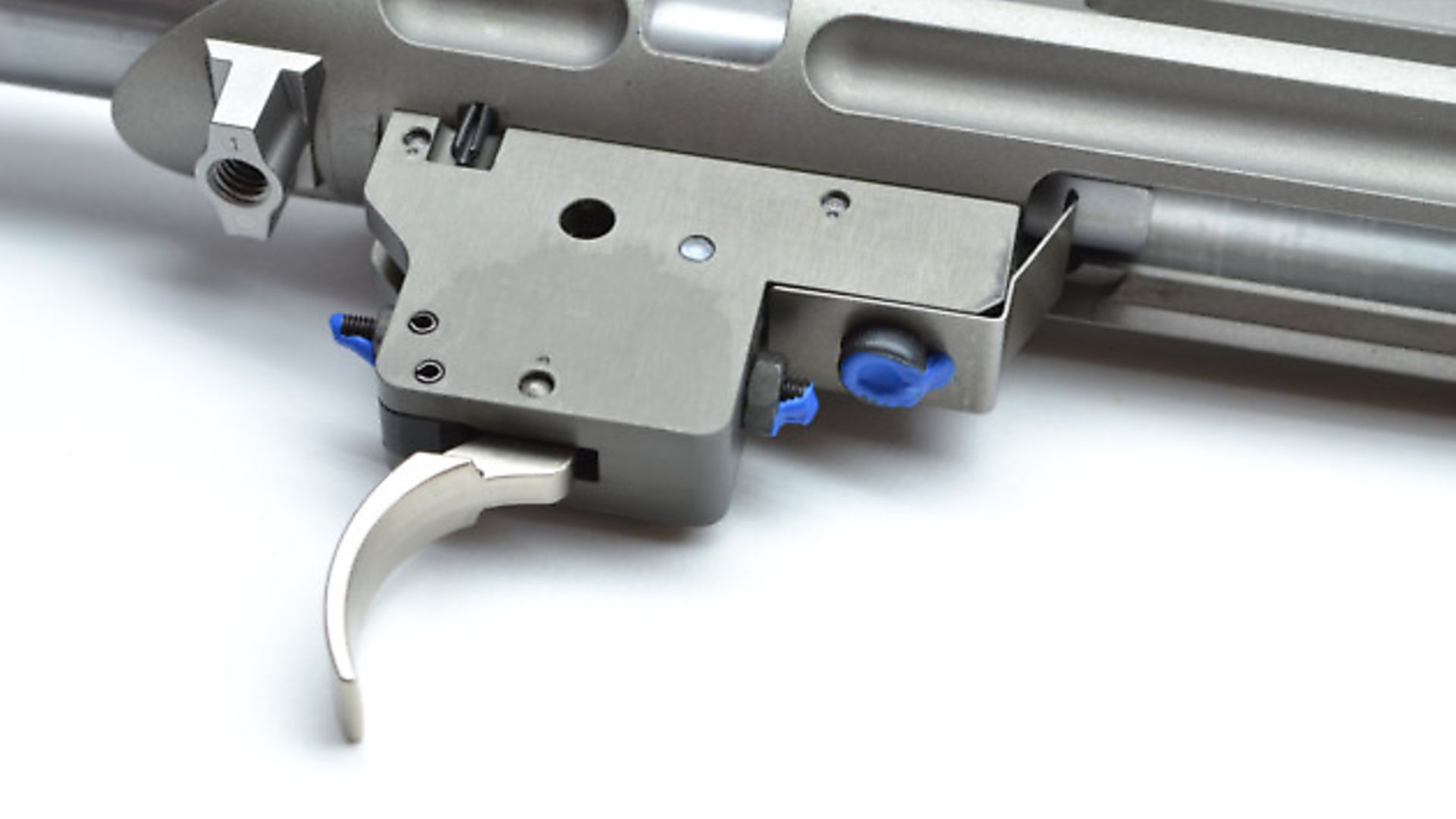 credit: Archant
credit: Archant
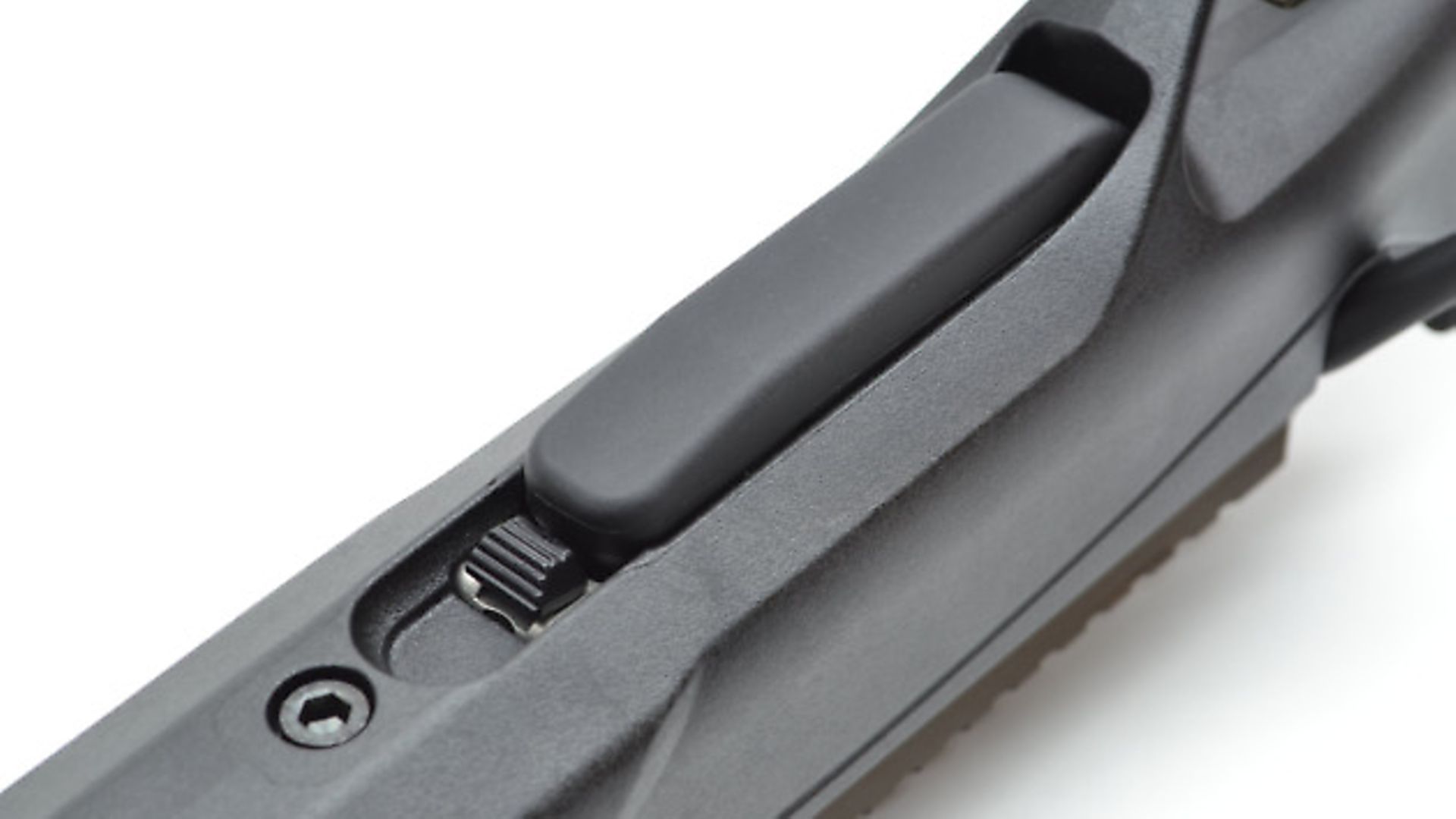 credit: Archant
credit: Archant
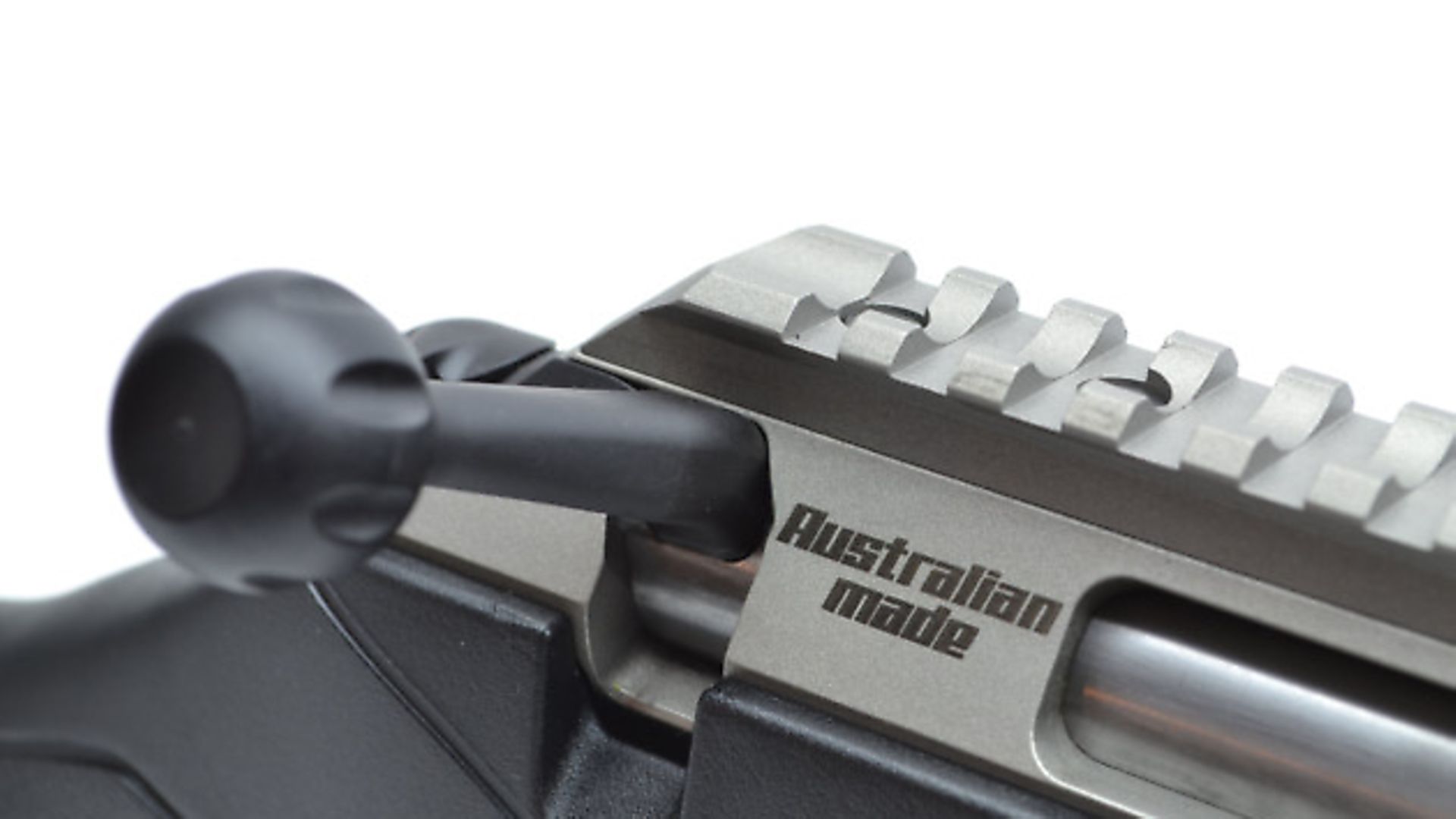 credit: Archant
credit: Archant